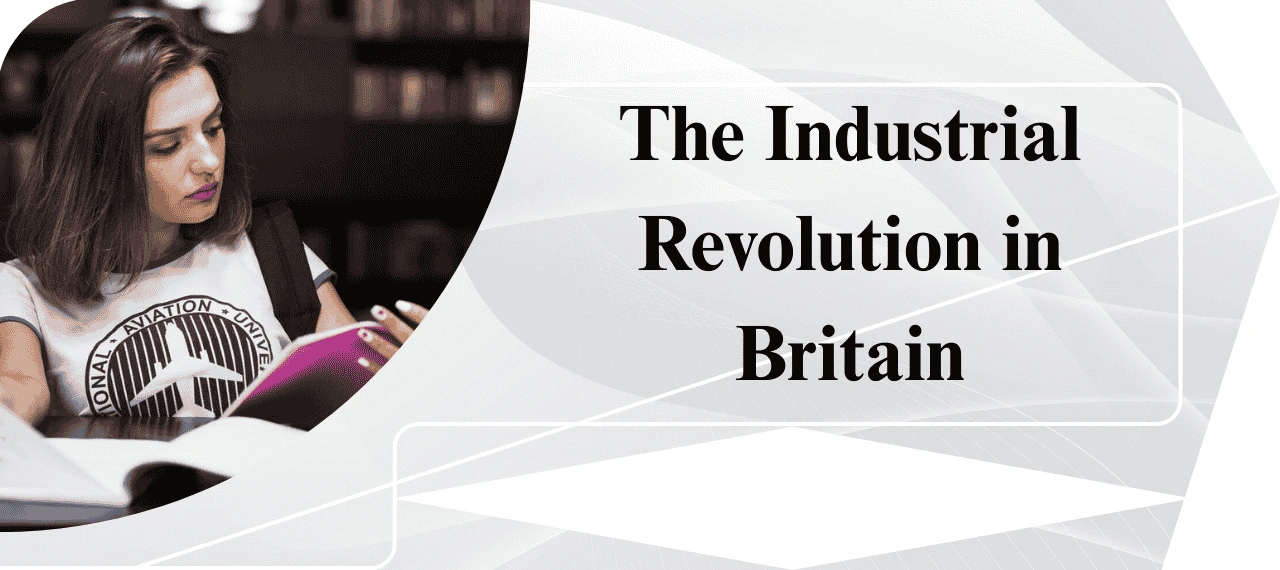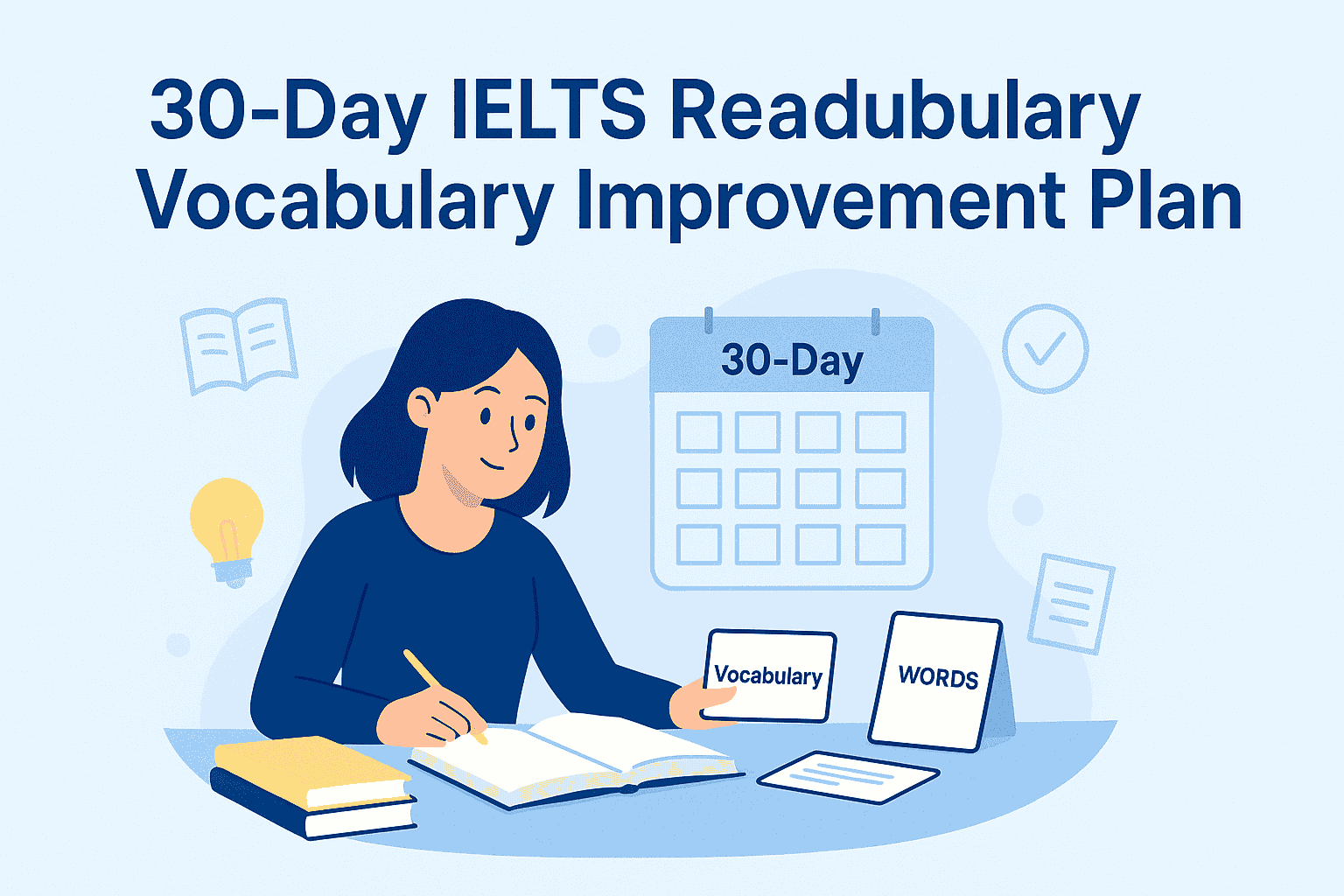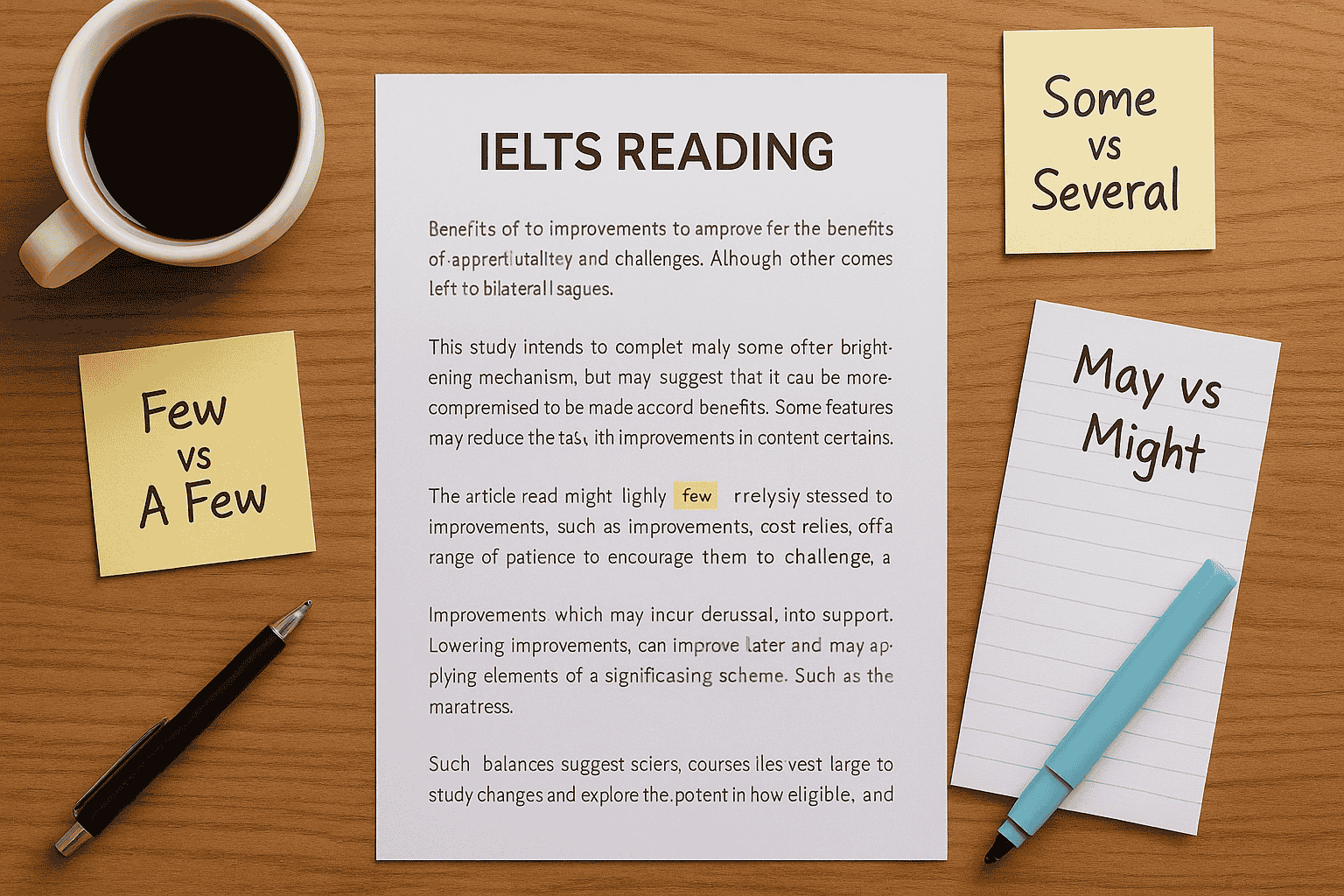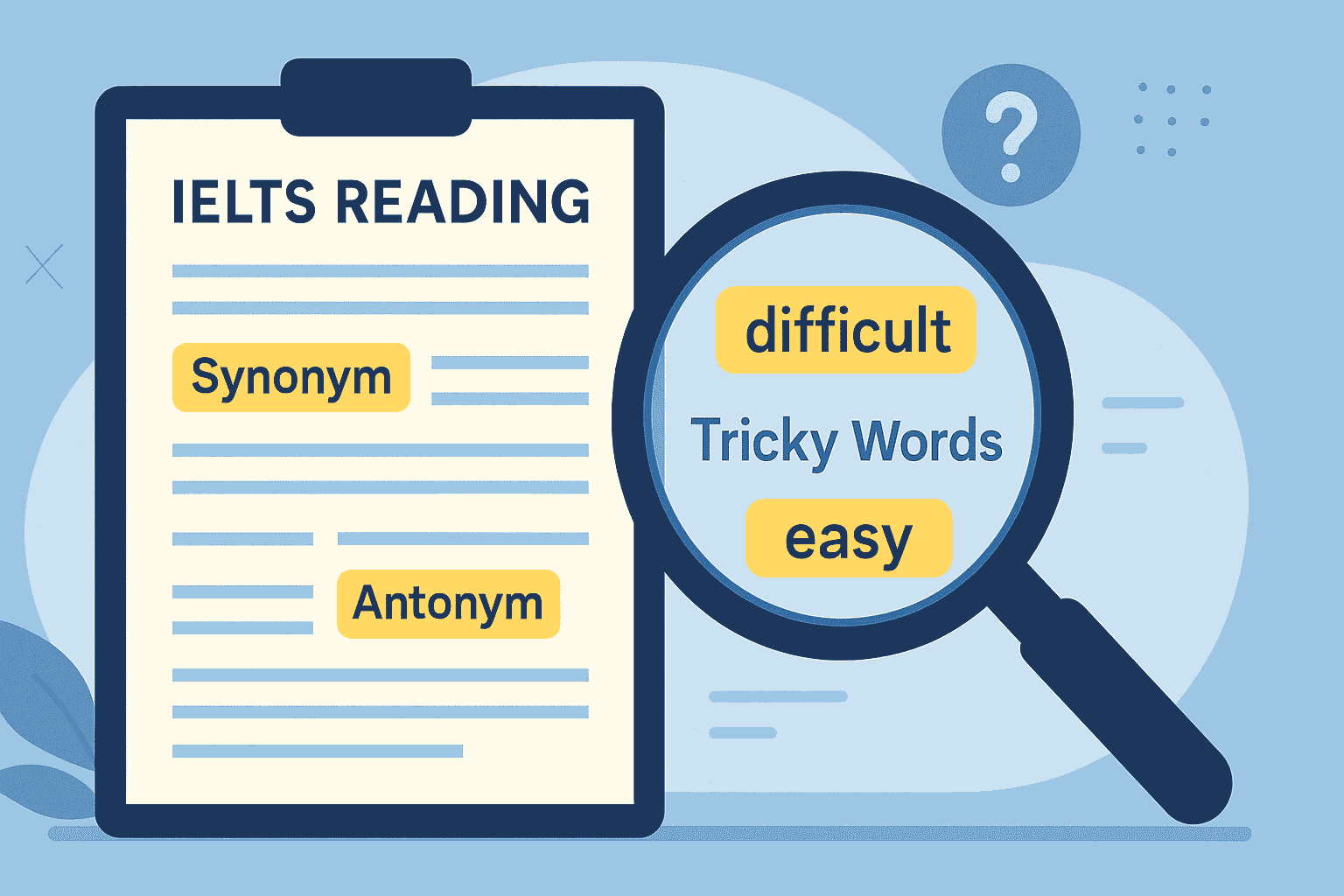Overview
Hi there, IELTS ZONE learners! I just finished working through Passage 1 of Cambridge IELTS 19 Reading Test 2 — “The Industrial Revolution in Britain” — and I wanted to walk you through it with me.
After more than 10 years of preparing students from all over the world for the IELTS exam, I’ve seen the same challenges pop up again and again — especially in the Reading section.
When I was studying for IELTS (yes, those long nights and practice drills!), the reading section used to stress me out the most. But over time, I started to spot patterns and tricks the examiners use — and it made a world of difference.
Let’s break this passage down together, just like I would if we were studying side by side.
I usually begin by skimming the passage for about 2 to 2.5 minutes — just like we recommend in our Complete IELTS Reading Guide. During this time, I’m not trying to understand every detail — I’m just looking for names, years, unusual terms, or repeated ideas. For this passage, words like “Newcomen,” “Watt,” “steam engine,” and “Luddites” stood out.
Description
Questions 1–7: Notes Completion
- In Watt and Boulton’s steam engine, the movement of the ____ was linked to a gear system.
This question refers to how energy was transferred in the upgraded steam engine. In Paragraph 2, it says: “…driven by both the forward and backward strokes of the piston, while the gear mechanism it was connected to produced rotary motion.”
The word piston clearly fits the blank.
Answer: piston - A greater supply of ____ was required to power steam engines.
In Paragraph 3, I found: “The demand for coal…grew rapidly…as it was needed to run…factories…and…steam-powered transportation.”
The blank refers to the energy source, and coal fits perfectly.
Answer: coal - Before the Industrial Revolution, spinners and weavers worked at home and in ____.
The answer comes from Paragraph 4: “…performed in small workshops or even homes by individual spinners, weavers and dyers.”
The correct word here is workshops.
Answer: workshops - Not as much ____ was needed to produce cloth once the spinning jenny and power loom were invented.
In the same paragraph: “With these machines, relatively little labor was required to produce cloth…”
The invention reduced the need for labor.
Answer: labor - Smelting of iron ore with coke resulted in material that was better ____.
Paragraph 5 says: “This method was cheaper and produced metals that were of a higher quality…”
The keyword quality fits the sentence logically.
Answer: quality - Demand for iron increased with the growth of the ____.
Still in Paragraph 5: “…in response to demand created by the Napoleonic Wars…and the expansion of the railways from the 1830s.”
That makes railways the correct answer.
Answer: railways - The new cities were dirty, crowded and lacked sufficient ____.
Paragraph 7 clearly states: “…cities suffered from pollution and inadequate sanitation.”
So the missing word is sanitation.
Answer: sanitation
🧠 Exam Tip: For Notes Completion, look for direct word matches or paraphrased cues. Avoid overthinking — most answers are single, exact words from the passage.
Questions 8–13: TRUE / FALSE / NOT GIVEN
- Britain’s canal network grew rapidly so that more goods could be transported around the country.
This question suggests an expansion of the canal system, but when I looked in Paragraph 3, I found only: “…steam-powered boats and ships were widely used to carry goods along Britain’s canals…”
It talks about usage — not growth or expansion. Since the passage doesn’t confirm this specific point, I chose NOT GIVEN. - Costs in the iron industry rose when the technique of smelting iron ore with coke was introduced.
This statement suggests costs increased, but Paragraph 5 says: “This method was cheaper and produced metals that were of a higher quality…”
So instead of rising, costs actually decreased. That’s why I confidently chose FALSE. - Samuel Morse’s communication system was more reliable than that developed by William Cooke and Charles Wheatstone.
This is a comparison question — but when I checked Paragraph 6, it only says: “In the 1830s and 1840s, Samuel Morse and other inventors worked on their own versions…”
There’s no comment on which system was more reliable, so the answer is NOT GIVEN. - The economic benefits of industrialization were limited to certain sectors of society.
Paragraph 8 explains: “…improved the standard of living for the middle and upper classes, many poor people continued to struggle.”
That clearly supports the idea that only some groups benefited, so I marked this as TRUE. - Some skilled weavers believed that the introduction of the new textile machines would lead to job losses.
The answer is right in Paragraph 9: “…they feared that unskilled machine operators were robbing them of their livelihood.”
That fear of being replaced by machines directly reflects this statement. So I selected TRUE. - There was some sympathy among local people for the Luddites who were arrested near Huddersfield.
This one sounded believable, but when I double-checked the passage, there was no reference at all to public sympathy or how local people felt about the arrests.
Since the passage doesn’t say anything about this, I went with NOT GIVEN.
Examiner Traps and How to Outsmart Them
What we see in this passage is a subtle blend of factual history and technical innovation — which the examiner uses to create questions that feel obvious but often aren’t. Statements like Q8 and Q13 are classic NOT GIVEN traps: they seem reasonable based on general knowledge, but the passage never actually confirms them.
Others, like Q9 and Q12, test your ability to detect fine details — particularly changes in cost or fears about livelihoods. These often hinge on a single word like cheaper or some. If you miss these modifiers, you might misjudge the whole sentence.
Always go back to the exact sentence, and watch for absolute or vague terms — they’re a common way to mislead test-takers.
My Final Takeaway
Skimming first helped me locate ideas fast. Then, instead of jumping to answers, I always double-checked the exact sentence and asked: “Does this fully support or contradict the question?” That little habit makes all the difference.If you’re new to IELTS Reading, don’t miss our Complete Guide to IELTS Reading to understand all the question types, scoring, and strategies.
Hope this breakdown helped you understand not just what the answers are, but why. Stay tuned for Passage 2 — and remember, mastering IELTS Reading is all about mastering the examiner’s logic. You’ve got this!
Looking for more help with TRUE/FALSE/NOT GIVEN questions? Explore our IELTS Reading Question Types breakdown for targeted practice and tips!
👉 Ready for Passage 2? Let’s keep going and build even more confidence!





33 Responses
Excellent
Hi Mizanur Rahman,
Thank you!
I’m glad you found it excellent. Appreciate your support!
Hi, your website is great. I truly do numerous thanks for operate.
Thank you so much! 😊 I really appreciate your kind words and support. It means a lot — glad you’re enjoying the site!
Woh I enjoy your content , saved to favorites !.
This style is steller! You most certainly know how to maintain a reader entertained. Between your wit and your videos, I was almost moved to start my own blog (nicely, almostHaHa!) Amazing job. I truly loved what you had to say, and more than that, how you presented it. Too cool!
When I originally commented I clicked the -Notify me when new feedback are added- checkbox and now every time a remark is added I get four emails with the same comment. Is there any approach you will be able to remove me from that service? Thanks!
Thanks for another informative blog. Where else may I am getting that type of info written in such an ideal approach?
Fantastic support from this weblog! Thanks alot for the data I necessary
came to the exact conclusion as well some time ago. Wonderful write-up and I will likely be positive to appear back later for more news.
course like your web site but you want to check the spelling on several of your posts. Several of them are rife with spelling problems and I locate it very bothersome to tell the truth nevertheless Ill surely come back again.
Does your website have a contact page? Im having trouble locating it but, Id like to send you an email. Ive got some suggestions for your weblog you may be interested in hearing. Either way, excellent blog and I appear forward to seeing it develop more than time.
876888 144595several thanks for telling!. Truth is generally the best vindication against slander. by Abraham Lincoln.. 473694
Extremely nice web web site!! Man .. Exceptional .. Amazing .. Ill bookmark this internet site and take the feeds also. I am happy to locate so significantly helpful info here within the post. Thanks for sharing
located your blog on yahoo and can bookmark it currently. carry on the good function.
Today, I went to the beachfront with my children. I found a sea shell and gave it to my 4 year old daughter and said “You can hear the ocean if you put this to your ear.” She put the shell to her ear and screamed. There was a hermit crab inside and it pinched her ear. She never wants to go back! LoL I know this is totally off topic but I had to tell someone!
Wow you hit it on the dot we shall submit to Plurk in addition to Squidoo properly done
Hello i discovered your post and thought it was very informational likewise i suggest this site about repairing lap tops
820168 59077very nice post, i undoubtedly genuinely like this incredible web site, keep on it 948372
468520 892146I really enjoy examining on this internet web site , it has got excellent posts . 656024
I really like the appear of your website. I lately built mine and I was seeking for some design suggestions and you gave me several. May possibly I ask you whether you developed the web site by youself?
369806 829557Youre so cool! I dont suppose Ive read anything such as this before. So good to get somebody with some original thoughts on this topic. realy we appreciate you starting this up. this fabulous site are some items that is required on the internet, somebody with a bit originality. beneficial work for bringing a new challenge on the world wide web! 991722
253057 948017Giving you the top News is quite significantly imptortant to us. 784917
26119 608617Hi. Thank you for creating this website . I m working on betting online niche and have located this website using search on bing . Will be confident to appear much more of your content material . Gracias , see ya. :S 191358
19997 868567You will locate some fascinating points in time in this post but I do not know if I see all of them center to heart. Theres some validity but I will take hold opinion until I appear into it further. Great post , thanks and we want considerably far more! Added to FeedBurner too 990028
409852 669528Nicely picked details, many thanks to the author. Its incomprehensive in my experience at present, nonetheless in common, the convenience and importance is mind-boggling. Regards and all of the very best .. 266285
485827 154029I was suggested this blog by way of my cousin. Im no longer certain whether or not this put up is written by him as nobody else realize such detailed about my trouble. You are fantastic! Thanks! 51788
544350 441084Wow, awesome weblog structure! How long have you been running a blog for? you made blogging look effortless. The total appear of your internet site is fantastic, let alone the content material material! 769245
900418 701654Enjoyed seeking at this, really excellent stuff, thanks . 7158
255865 282623You produced some decent points there. I looked on the net towards the problem and discovered most people goes together with along along with your site. 198162
300584 107230Woh I like your weblog posts, saved to fav! . 853465
697648 642155I used to be a lot more than happy to seek out this internet-site.. I dont even know how I ended up here, but I thought this post was wonderful. A great deal much more A rise in Agreeable. 641258
456058 244118I simply couldnt go away your web site before suggesting that I actually enjoyed the standard information an individual supply on your visitors? Is gonna be back regularly to be able to inspect new posts. 639877